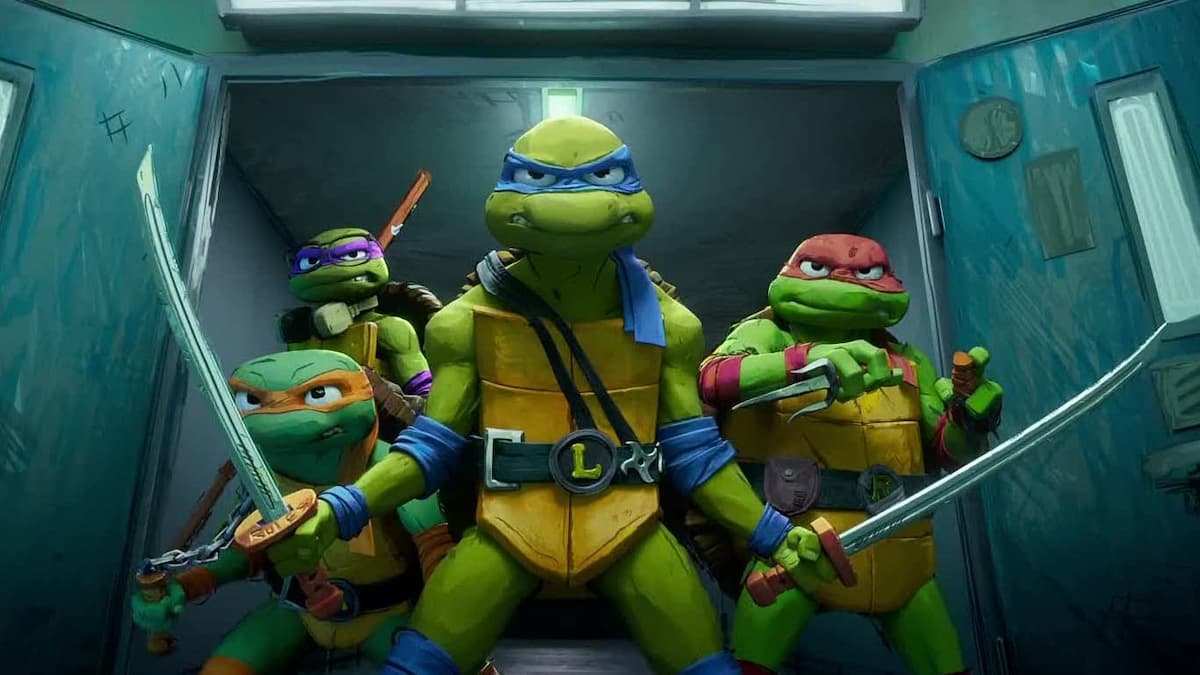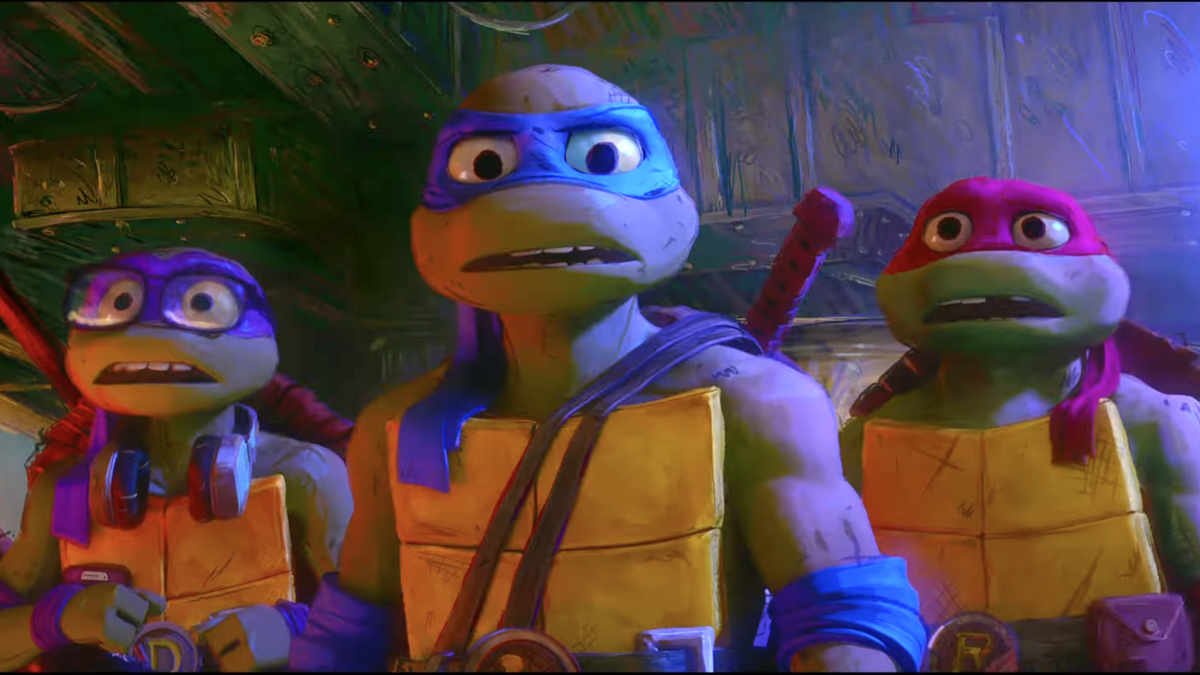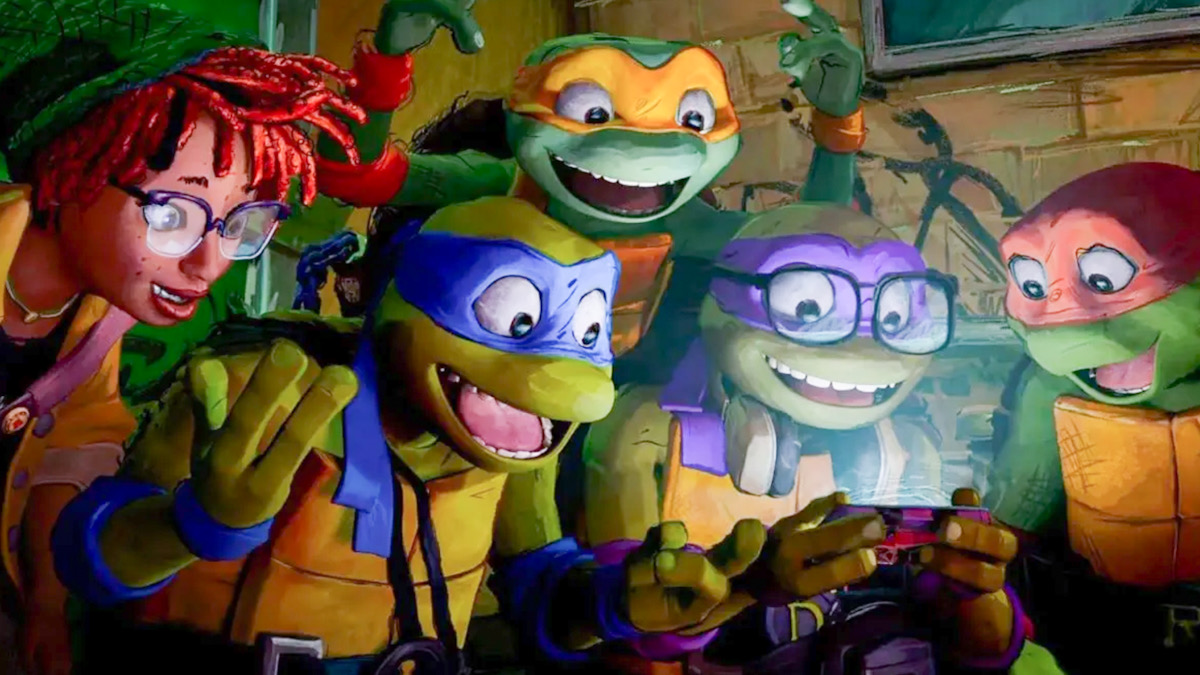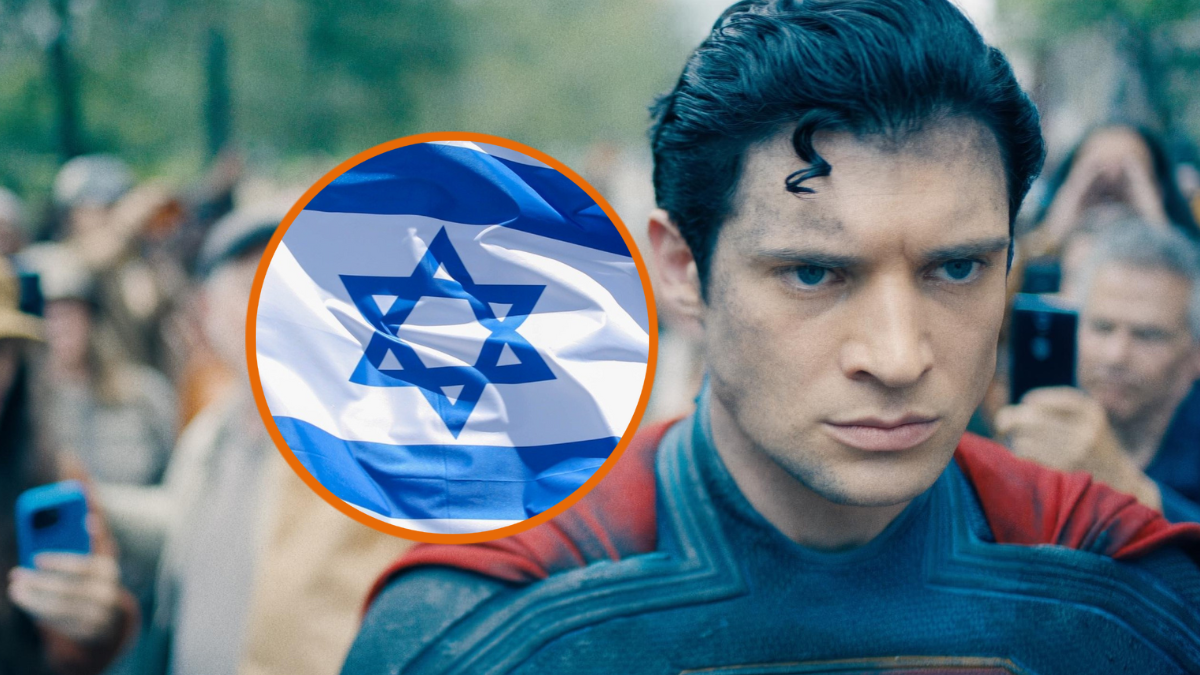Warning: Spoilers for Teenage Mutant Ninja Turtles: Mutant Mayhem ahead, obviously.
Teenage Mutant Ninja Turtles: Mutant Mayhem has finally dropped into cinemas today, and by all accounts — including our own — it’s a certified cowabunga from Seth Rogen and company. Indeed, with its joyous humor, dazzling presentation, and a reimagining of the half-shell heroes that just might take the cake as the best ever, Mutant Mayhem reigns supreme.
The film follows the plight of the eponymous Leonardo, Donatello, Raphael, and Michelangelo, who all long to be accepted by a society that doesn’t take kindly to human-sized turtles or any other mutant. With the help of their new human friend, aspiring journalist April O’Neil, the quartet hatch a plan to document themselves as heroes in hopes of being recognized favorably by the human world. But when their exploits lead them to the radical Superfly, who intends to make mutants the dominant species of Earth, they quickly realize that they’ll have to dial their heroism up to 11 in order to save the world.
Now, despite the film’s many strengths, Mutant Mayhem‘s biggest weakness is its plot, and the ending packs the worst of that particular punch.
How does Teenage Mutant Ninja Turtles: Mutant Mayhem end?

After foiling Superfly’s original plan of using a superweapon to create a global mutant epidemic, the resulting pool of mutant ooze transforms Superfly into an absolute kaiju of a mutant, combing his original form with such features as the body of a whale and legs made of horses (not horse legs, but legs literally made out of several horses). As he lays waste to the city, the media begins to blame all the mutants, including the turtles, for the destruction of the city, and the brothers come to accept that they’ll never be accepted by society.
Leonardo, however, rallies the troops, pointing out that they need to be heroes because it’s the right thing to do, and that protecting the streets of New York just to be liked was never a good reason for doing so. After April breaks into a newsroom and sets the record straight, the humans and mutants all band together to drop a container of anti-ooze into Superfly’s blowhole, which disassembles him into a variety of benign animals and subsequently saves the day. The turtles are then lauded as heroes and enroll in April’s high school, where they become instantly popular additions to the student body.
Teenage Mutant Ninja Turtles: Mutant Mayhem ending analysis

The film ultimately has an inoffensive ending, and while there’s nothing inherently wrong with ending on a positive, hopeful note that should keep most all members of Mutant Mayhem‘s wide audience happy, the major role it plays in making the film’s plot so poor can’t be overlooked.
From the outset, the turtles are instantly set up as four teenage boys who wish to be accepted by society; right away, one can immediately see what sort of story could have been told here. Factor in their decision to be heroes for the sake of being liked and the inclusion of a mutant extremist as the film’s villain, and it’s clear that all the pieces are there to tell a strong story about the social isolation faced by young boys.
Of course, this is an animated Ninja Turtles film, so expecting much in the way of social commentary is perhaps the wrong route to take. Nevertheless, the strongest point in the brothers’ arc, namely the scene in which Leonardo realizes that being a hero for the sake of doing the right thing is more important than doing it to be liked, speaks to this potential quite well; in that moment, the brothers forego the approval of others and begin walking to their own, self-actualized song.
But to have the humans do a complete 180 on their attitudes towards mutants shortly after, along with the brothers’ embracing of that, drastically undercuts the arc that the turtles did manage to make for themselves. It’s one thing to be rewarded for realizing your own worth, but when that reward is the very thing you stop prioritizing for the sake of your own growth, it cheapens the inner reward that comes with self-approval in its own right, thereby sending the wrong message and even setting the wrong expectations; if you belong to a demographic shunned by society, I can guarantee you that loving yourself doesn’t automatically solve that problem.
But again, this is an animated Ninja Turtles movie, so it can’t be knocked too hard for prioritizing its humor and presentation over its story; it just would have been nice to see the turtles find solace in their newfound self-actualization whilst also finding beauty in their now-wider mutant community, rather than embrace the approval of the folks who demonized them just days before.











Published: Aug 2, 2023 12:40 pm